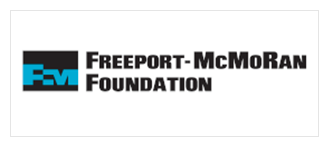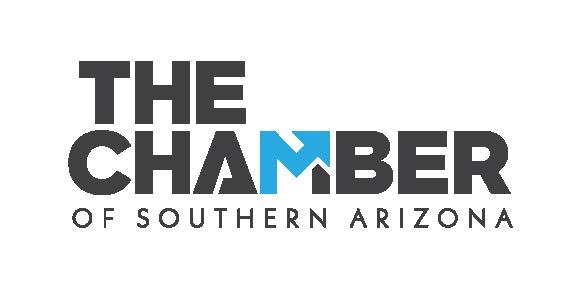Adequate access to healthy food has become a more pressing societal issue due to factors such as the recent recession and continued challenges with un- and under-employment depressing income in many areas. More than 14% of American households (17.5 million) were estimated to be food insecure during 2013 in the latest Economic Research Report by U.S. Department of Agriculture (USDA). “Food desert” refers to geographically isolated locations where access to healthy, affordable foods (especially fruits and vegetables) is limited or non-existent (Mari Gallagher 2006; 2007a; 2007b; Powell et al. 2007). While most food desert studies focus on brand-name chain stores, this project also examines whether independent stores help reduce food deserts, to what extent these stores change food access and in what geographical and social locations such changes take place. In addition to food deserts (a proximity-based food access assessment), this project addresses aspects of food store diversity and variety in a comprehensive evaluation of food access, especially in low-income neighborhoods.
The identification of food deserts involves two major elements: low-income and low-access. According to the USDA, census tracks qualify as “low-income communities” when the poverty rate is 20 percent or greater and “low-access” when the distance to the closest supermarket or large grocery store is more than 1 mile (10 miles for rural areas). Applying these two criteria to the Tucson, AZ study area, a total of 38 census tracts were identified as urban food deserts (see map below). The inclusion of independent grocery stores significantly increases the number of food outlets (by 45%), thus reducing the number of census tracts that are food deserts from 38 to 19, a 50% decrease (see map below). In other words, independent stores improved food access for 48% of the food desert population. As shown in Figure 5, most food deserts are located either around the downtown area or in the south, where poverty rate is rather high. There is also one tract in the Northwest that is considered to be food desert.
While significant attention has been paid to food deserts (a proximity-based food access approach), this study highlights that addressing food store variety and diversity is also necessary for a comprehensive evaluation of food access. The study also suggests that caution should be given to the analysis scale (geographic units in this case) used to perform food desert or food access assessment as analysis results may vary substantially with scale. Due to the relatively coarse scale, the commonly used census tract based units may lead to an underestimation of the number of food deserts and the associated number of people living in those food deserts. While food assistance related policy decisions are often operationalized at the census tract scale, we suggest a sensitivity analysis be conducted to examine whether evaluations of robust at alternative scales.
This study also showed that independent stores add a great deal to the foodscape of Tucson. Independent food stores could assist food desert areas by granting them easier access to a wide variety of nutritious and affordable foods that would be socially acceptable to the ethnically diverse peoples that make up Tucson’s population and to those with ethnic food tastes. Independent food stores are also an important part of a walkable downtown area and a city in which car travel in general is downplayed in favor of more environmentally friendly forms of transportation, including public transportation. They help lower income populations through their locations near housing but also because they accept government food assistance like food stamps and WIC and offer both small quantities and bulk items. In the far eastern and western areas of Tucson that are currently among those underserved by food stores and where residents must travel an average of four miles to purchase groceries, locating independent stores there would also be important to increase accessibility. Independent food stores also offer a wide variety of services that make a city and its residents more socially cohesive, helping to add what urban planners such as Jan Gehl has famously termed ‘life between buildings’. Independent stores do this by taking a more personal approach to customer service, by helping connect the customer to their countries of origin in myriad ways, by selling goods that increase the array and diversity of products available, and by offering services such as the grilling of meats on a hot summer day or the serving of cooked ethnic food in a restaurant connected to the store. Urban places are enriched by independent stores in multiple ways and help to convert areas that would otherwise be food deserts into a foodscape with affordable variety and choice.













